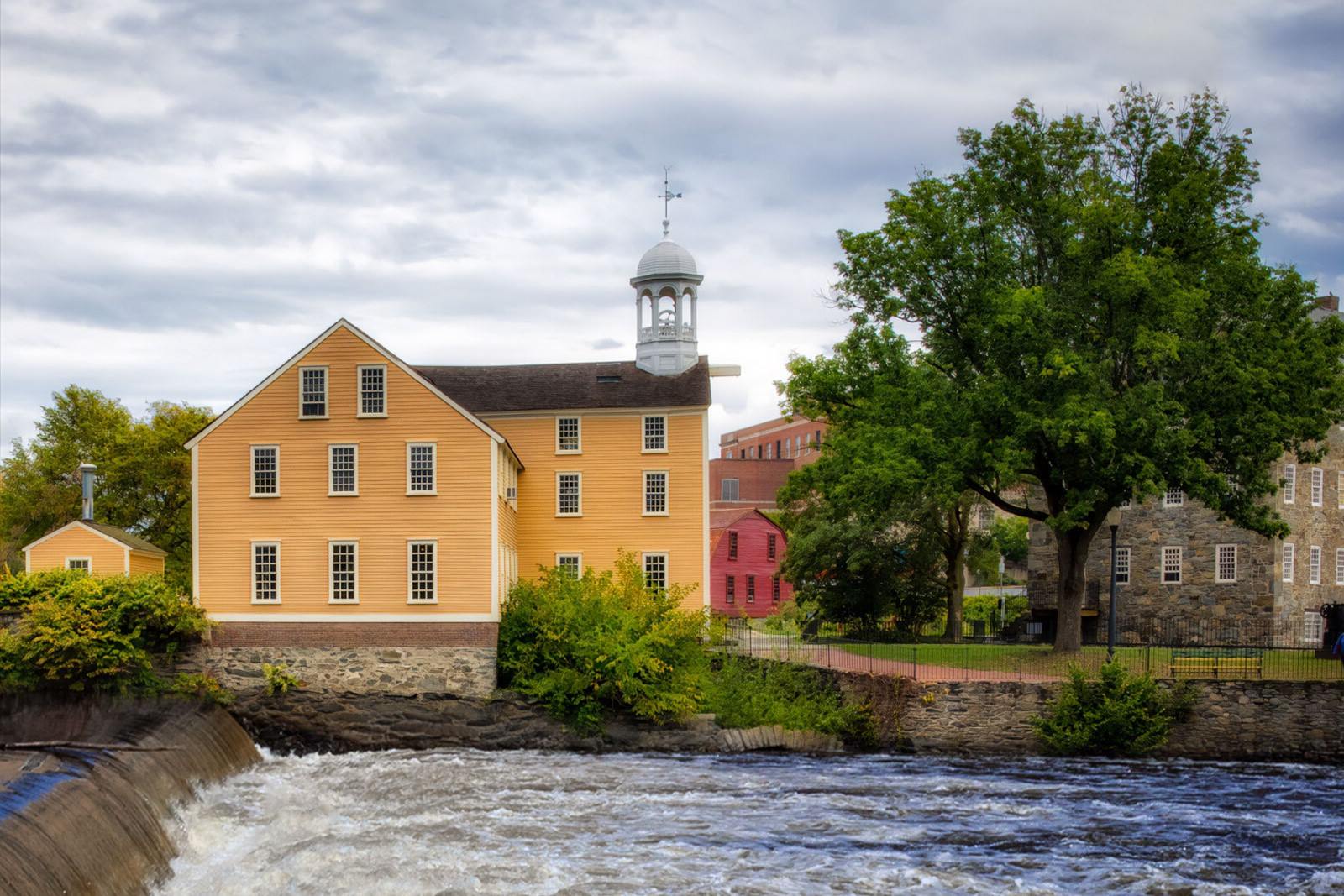Slater Mill: Cradle Of American Innovation

Have you ever wondered where the American Industrial Revolution began? Slater Mill in Pawtucket, Rhode Island, holds that honor. This historic site, established in 1793, marks the birthplace of America's textile industry. Samuel Slater, often called the "Father of the American Industrial Revolution," built this mill to spin cotton into thread, changing the way goods were produced in the United States. Today, visitors can tour the mill, see original machinery, and learn about the lives of early factory workers. Whether you're a history buff or just curious about America's past, Slater Mill offers a fascinating glimpse into the country's industrial roots.
Slater Mill: Cradle of American Innovation
Slater Mill, located in Pawtucket, Rhode Island, stands as a testament to the birth of the American Industrial Revolution. This historic site offers a glimpse into the past, showcasing the ingenuity and hard work that shaped the nation. Let’s explore some key places within Slater Mill that highlight its significance.
The Original Slater Mill
The heart of the site, the original Slater Mill, is where it all began. Built in 1793, this mill was the first successful cotton-spinning factory in the United States. Visitors can see the machinery that revolutionized textile production.
Water Wheel: The mill's water wheel harnessed the power of the Blackstone River, driving the machinery inside. This innovation marked a significant shift from manual labor to mechanized production.
Spinning Frames: These machines, based on British designs, spun cotton into thread. They represent the technological leap that boosted American manufacturing.
Carding Machines: Before spinning, cotton fibers needed to be straightened and cleaned. Carding machines performed this task efficiently, preparing the fibers for the spinning frames.
Wilkinson Mill
Adjacent to the original mill, Wilkinson Mill adds another layer to the story. Built in 1810, it showcases advancements in engineering and manufacturing techniques.
Machine Shop: This area highlights the precision tools and machinery used to create parts for the textile industry. It underscores the importance of skilled labor in the industrial era.
Blacksmith Shop: Essential for maintaining and repairing machinery, the blacksmith shop demonstrates the craftsmanship required to keep the mills running smoothly.
Water Turbine: Replacing the older water wheel, the water turbine represents a leap in efficiency and power generation, further advancing industrial capabilities.
Sylvanus Brown House
The Sylvanus Brown House, dating back to 1758, offers a glimpse into the lives of early American artisans. This house provides context for the community that supported the mills.
Living Quarters: Visitors can see how workers and their families lived, offering insight into daily life during the early industrial period.
Workshop: The workshop showcases the tools and techniques used by artisans before the advent of large-scale manufacturing.
Visitor Center and Museum
The Visitor Center and Museum provide a comprehensive overview of Slater Mill’s history and its impact on American industry.
Exhibits: Interactive exhibits detail the technological advancements and social changes brought about by the Industrial Revolution.
Educational Programs: The center offers programs for all ages, helping visitors understand the significance of Slater Mill in American history.
The Blackstone River
The Blackstone River played a crucial role in powering the mills and shaping the industrial landscape.
River Walk: A scenic path along the river allows visitors to appreciate the natural beauty and understand its importance to the mill's operations.
Interpretive Signs: Informational signs along the walk provide historical context and explain how the river was harnessed for industrial use.
Special Events and Workshops
Throughout the year, Slater Mill hosts various events and workshops that bring history to life.
Living History Days: Reenactments and demonstrations offer a hands-on experience of 19th-century industrial life.
Craft Workshops: These workshops teach traditional skills such as weaving, blacksmithing, and woodworking, connecting visitors with the past through practical activities.
Slater Mill stands as a monument to American innovation and industry. Each area within the site tells a part of the story, from the original mill to the Blackstone River. Visiting Slater Mill is like stepping back in time, offering a unique perspective on the roots of modern manufacturing.
The Last Stop on Our Slater Mill Tour
Slater Mill stands as a testament to American ingenuity and the spirit of innovation. This historic site offers a glimpse into the early days of the Industrial Revolution, showcasing the machinery and techniques that transformed the nation. Walking through the mill, you can almost hear the hum of the looms and feel the energy that once powered this bustling hub of activity.
Visiting Slater Mill isn't just about stepping back in time; it's about understanding the roots of modern industry. The mill's preservation allows us to appreciate the hard work and creativity that fueled America's growth. Whether you're a history buff or just curious about the past, Slater Mill provides a rich, educational experience.
So, next time you're in the area, make sure to stop by Slater Mill. You'll leave with a deeper appreciation for the innovations that shaped our world.

